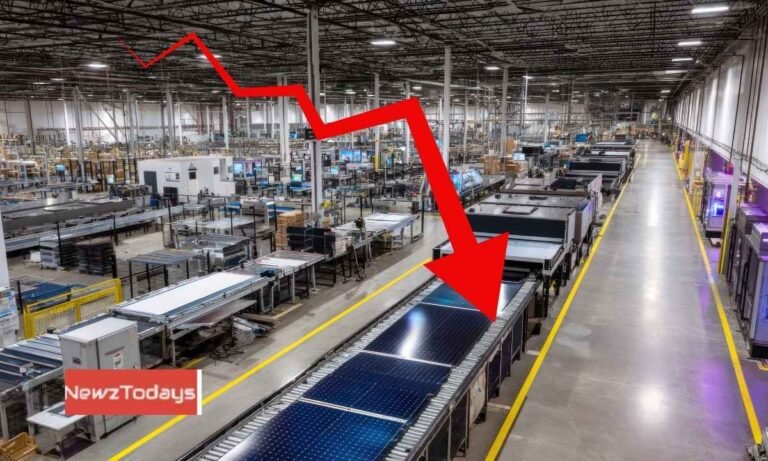What is a Sun Outage and Why it Matters for Internet Users In Pakistan
Millions of users worldwide will face short daily interruptions in satellite-based internet and television from September 29 to October 6, 2025. The cause is a natural event called a sun outage, also known as solar fade or solar interference.
Sun outages happen twice a year when the Sun moves directly behind geostationary satellites. During this alignment, the Sun’s radio noise overwhelms signals between the satellites and ground antennas.
As a result, services like satellite internet and TV experience temporary blackouts, typically lasting only a few minutes.
In Pakistan, the disruption window falls in the mornings, roughly around 8:30am. On September 29, the blackout is expected to last three minutes, but by October 2 and 3 it could stretch to thirteen minutes.
Read More: Governor SBP inaugurates JazzCash Experience Lounge
The impact is limited but noticeable for users in remote regions who rely solely on satellite links for connectivity.
Not all internet services are affected. Connections through fiber, undersea cables, and terrestrial networks remain stable. However, households and businesses in rural or hard-to-reach areas using satellite systems could face temporary drops in service.
Providers usually issue warnings and technical workarounds. These may include boosting transmission power, using alternative links, or advising customers to cache content before outages. Users can also switch to mobile data or pre-buffer streaming content to minimize disruption.
While these outages are routine and harmless, they highlight the vulnerability of satellite-reliant networks. In Pakistan, where submarine cable cuts and bandwidth bottlenecks already strain connectivity, even minor interruptions can create added inconvenience.

